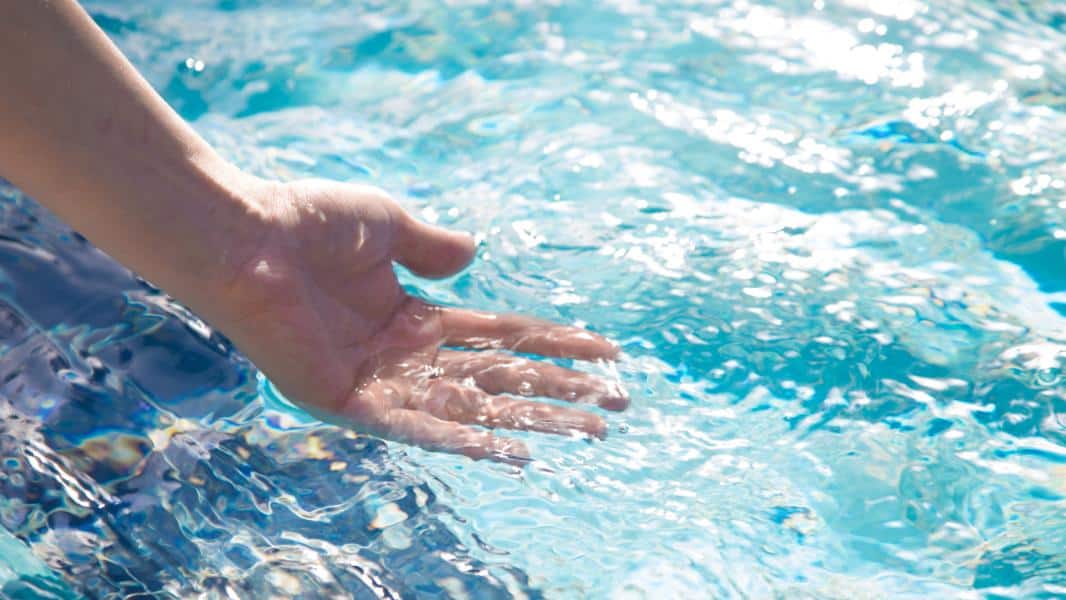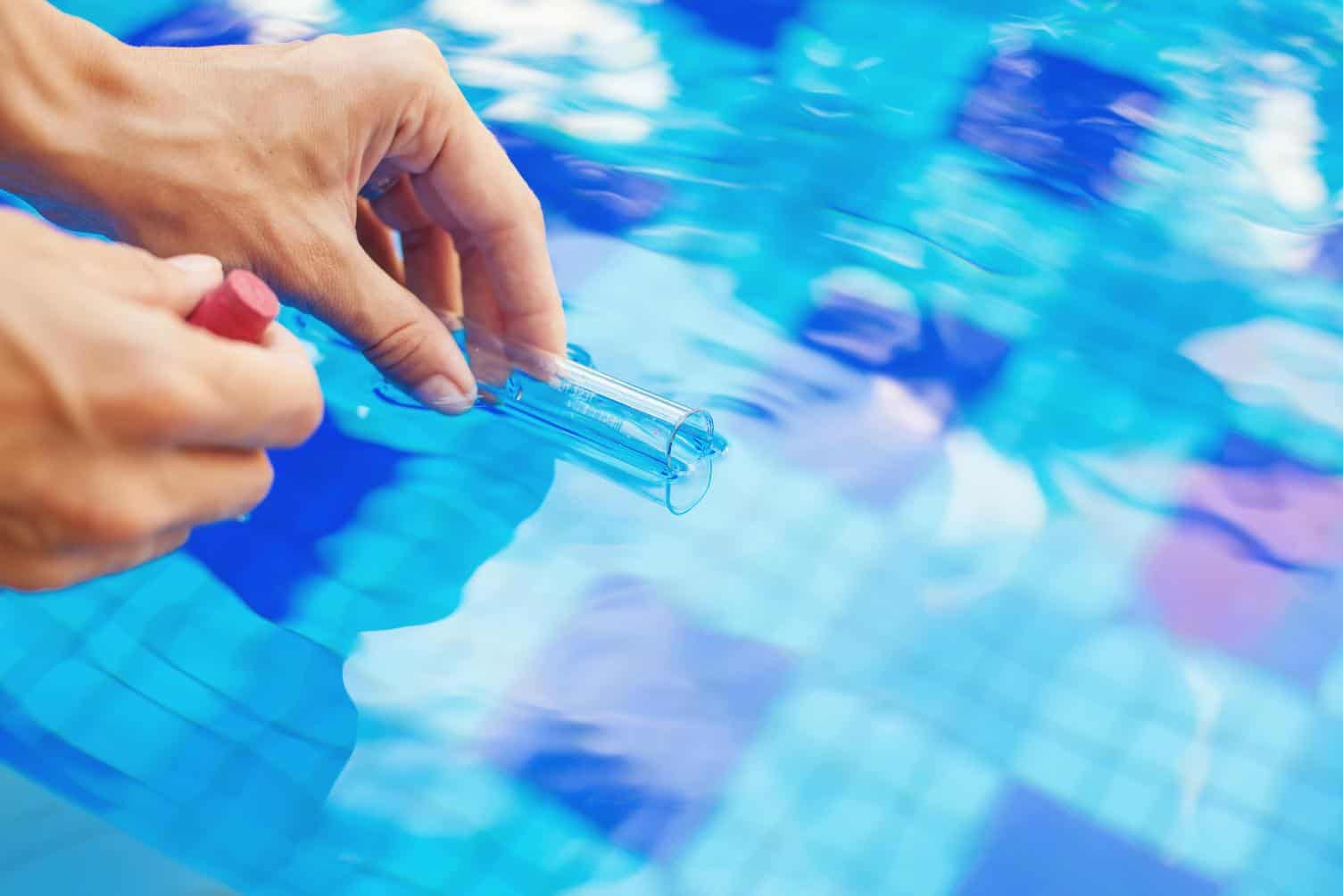UV Pool Sanitizers: Modern Water Treatment Technology Explained
Pool owners across the Middle East are using UV sanitation systems for pools as a powerful addition to their water treatment processes. These systems use ultraviolet light technology to destroy harmful microorganisms while reducing chemical dependency. Unlike traditional sanitizers that rely on chemicals alone, UV pool sanitizers offer a chemical-free method to eliminate bacteria, viruses, and other pathogens.
UV pool systems complement existing chlorine systems rather than replace them, creating dual-layer protection that handles what traditional chemicals cannot. Modern swimming pool UV systems work as secondary treatment systems, handling the majority of the sanitization while chlorine usage is reduced.
How Do UV Pool Systems Work?

The science is quite interesting. UV-C light destroys microorganisms at the molecular level. When water flows through the UV chamber, the lamp emits light at a wavelength that penetrates the microorganism’s cell walls and damages genetic material. This process kills bacteria, viruses, and parasites within seconds of exposure, preventing reproduction as well.
The system contains four components working together. The UV lamp generates germicidal light and is housed within a protective quartz sleeve. The stainless steel chamber directs water flow around the lamp for maximum exposure. The flow sensor monitors water movement to ensure proper treatment, while the control unit manages lamp operation and monitors system performance.
It is said that a single pass through the chamber destroys around 99.9% of microorganisms, though most systems provide continuous treatment.
UV Pool System Installation Requirements
The size of your UV system depends on your pool volume and circulation flow rates. Systems are rated in gallons per minute flow capacity. The system must handle your pool’s complete volume turnover within a required timeframe, which means matching UV capacity to your pump’s flow rate.
Installation also requires integration with existing plumbing, after the filter but before chemical feeders. This placement ensures the UV lamp treats filtered water while also preventing chemical interference during the UV process.
Professional installation is the best way to ensure proper flow rates, electrical connections, and system integration. Incorrect sizing or placement reduces effectiveness, while improper electrical work creates safety hazards.
Benefits of UV Sanitation Systems for Pools
The main benefit is the reduction of chemical usage, with UV pool sanitizers using significantly less chlorine while maintaining water quality. Lower chemical levels mean less skin and eye irritation, reduced chlorine odor, and fewer chemical byproducts like chloramines.
UV pool systems also break down chlorine-resistant organisms that survive normal sanitizer levels. Parasites like Cryptosporidium and Giardia resist chlorine treatment but die instantly under UV exposure. This protection proves valuable for commercial pools and homes with immunocompromised swimmers.
Water quality also improves with UV systems, as they break down chloramines as water passes through the chamber, eliminating the compounds that cause red eyes, skin irritation, and strong chemical odors. This also trickles down into environmental benefits, including reduced chemical runoff and a lower carbon footprint. Further, the UV system operating costs are offset by chemical cost savings within 2-3 years.
Commercial pool UV systems provide additional benefits, including faster swimmer re-entry after shock treatments and reduced ventilation for indoor pools.

Maintenance and System Longevity
UV lamps need to be replaced annually or after 9,000 operating hours, whichever comes first. Over time, lamps lose their intensity and must be replaced to maintain effectiveness. Modern systems monitor lamp hours and intensity, alerting owners when replacement becomes necessary.
Additionally, the quartz sleeve needs monthly cleaning to remove mineral deposits and organic buildup that block light transmission. The process takes only a few minutes and does not require special tools.
System monitoring includes checking flow rates, lamp intensity, and control panel indicators. Most systems provide easily understandable diagnostic information through LED displays or digital readouts. For the entire system, the expected lifespan tends to be around 10-15 years for quality systems with proper maintenance.
Trust Pools & Courts for Professional Services
UV sanitation systems for pools offer compelling benefits for pool owners who want cleaner water with reduced chemical dependence. These systems provide effective protection against harmful microorganisms while creating more comfortable swimming conditions.
Professional pool builders in Saudi Arabia will determine proper system sizing and integration requirements for each pool. For guidance on whether UV systems suit your pool needs, consulting with specialists like Pools & Courts provides expert evaluation and installation services that deliver lasting results.

